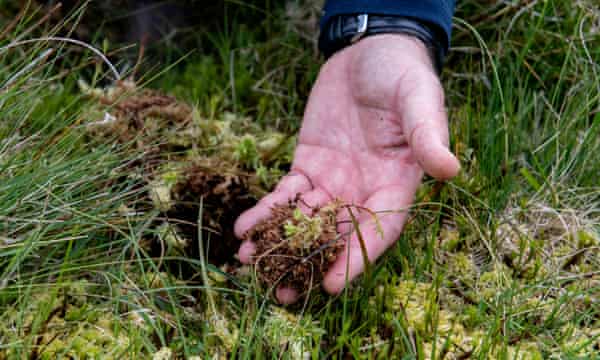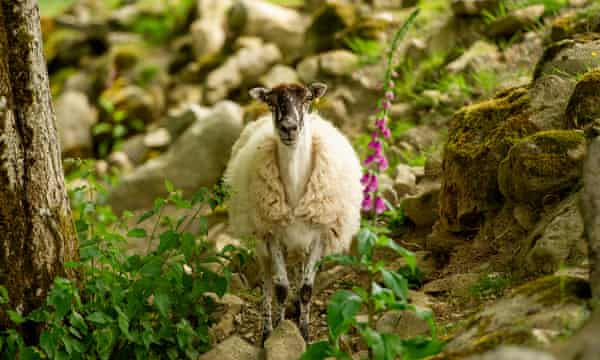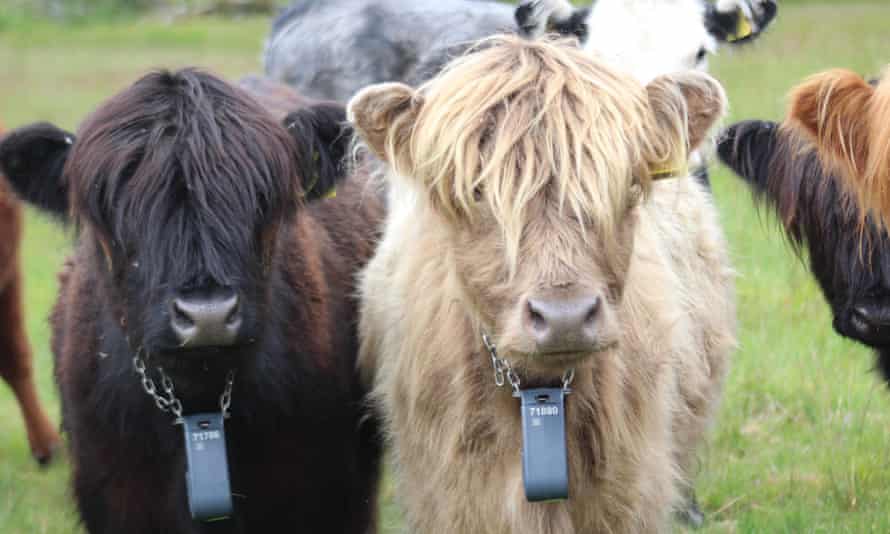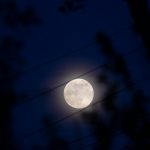Even in midsummer, the hills above the market town of Rhayader in mid Wales should be so soggy that a walk results in unpleasantly damp hiking socks. “It ought to feel really squelchy here,” said the National Trust’s Alan Kearsley-Evans. “Ten or 20 years ago you’d have been ankle deep. Now your feet stay dry.”
Kearsley-Evans is general manager for a sprawling patch that includes the well known peaks of the Brecon Beacons and beaches of the Gower peninsula, but it is his work trying to help restore the much less familiar peat uplands of Abergwesyn common that he believes may be the most important.
“It’s what keeps me awake at night,” he said. “We have to stop the tops drying out, stop the peat eroding, stop the water flowing down.”

Peatlands are crucial because of their role in countering the climate emergency by storing carbon. They are also vital in alleviating the risk of flooding, as they slow the flow of water off the high ground and, in places like Abergwesyn, provide important habitats for birds such as curlew, skylark and golden plover.
But peatlands across the world are drying out because of global warming and factors such as farming practices, including overgrazing.
At Abergwesyn, the National Trust aims to work with the “commoners”, who for generations have run animals, mainly sheep, over the hills. The trust is keen to plant trees such as hawthorn, birch and rowan on the slopes to slow the water and improve habitats. Given that it owns a huge 6.500 hectares, the planting is likely to take years and there may eventually be an argument to look at techniques being used in places such as Australia to spread seeds with drones.
There are also plans to block ditches on the hilltops that were dug after the second world war to dry out the ground and provide more grazing land. Blocking them would, hopefully, make the tops wetter and more spongey.

But perhaps the most vital work is to encourage and help the commoners to tweak the way they operate. Discussions are under way to find out whether commoners are prepared to trade in some of their sheep rights for cattle ones, which would lead to fewer animals on the hills (the right to five sheep might be switched to one cow, for example) and create a mix of animals that graze in different ways.
Kearsley-Evans emphasised that the idea was not to clear the tops of sheep but rather to work closely with commoners to restore the high ground. “We’d like to see cattle, ponies and sheep grazing side by side,” he said. “But this area is so big we can’t do it by ourselves. We have to work together.”
A modest revolution took place this week in Abergwesyn when one farmer, Mark Jones, fitted 10 cows with GPS “no fence” collars, paid for by Natural Resources Wales, as part of a trial “cattle back” scheme.
The aim of collars is to keep the animals on a particular patch of the common Jones has rights to. If they stray, they receive a small electric shock – about 10% of that given by an electric fence. The collars also make them easier to track down if they do wander.
Jones is planning to release the cattle on to the hills in the next few days. “I think it will help the environment, help the peat,” he said. One reason farmers can be reluctant to run cattle on the hills is the threat of bovine TB – the commons are not fenced and they do not want their animals mixing. “These collars will help us stay in touch with our cattle and know where they have been grazing,” he said.
Roy Samuel, project manager of the Welsh-government funded Three Parishes for the Common Good sustainable management scheme, which is working with the National Trust on a section of Abergwesyn common, said there were many thousands of sheep on the hills but only a handful of cattle.

“We want to encourage cattle back on to the hill in a controlled manner. The collars seem a good idea because you can’t fence off a bit of the hill, it is too big.” He said different animals grazed in different ways. For example, sheep barrel through areas of bracken in search of shorter grass, while cattle would trample it down and help keep it under control.
Samuel said some commoners were watching the collar project with interest. “Most people want to help. It’s such a beautiful and precious landscape up here.”

Average Rating